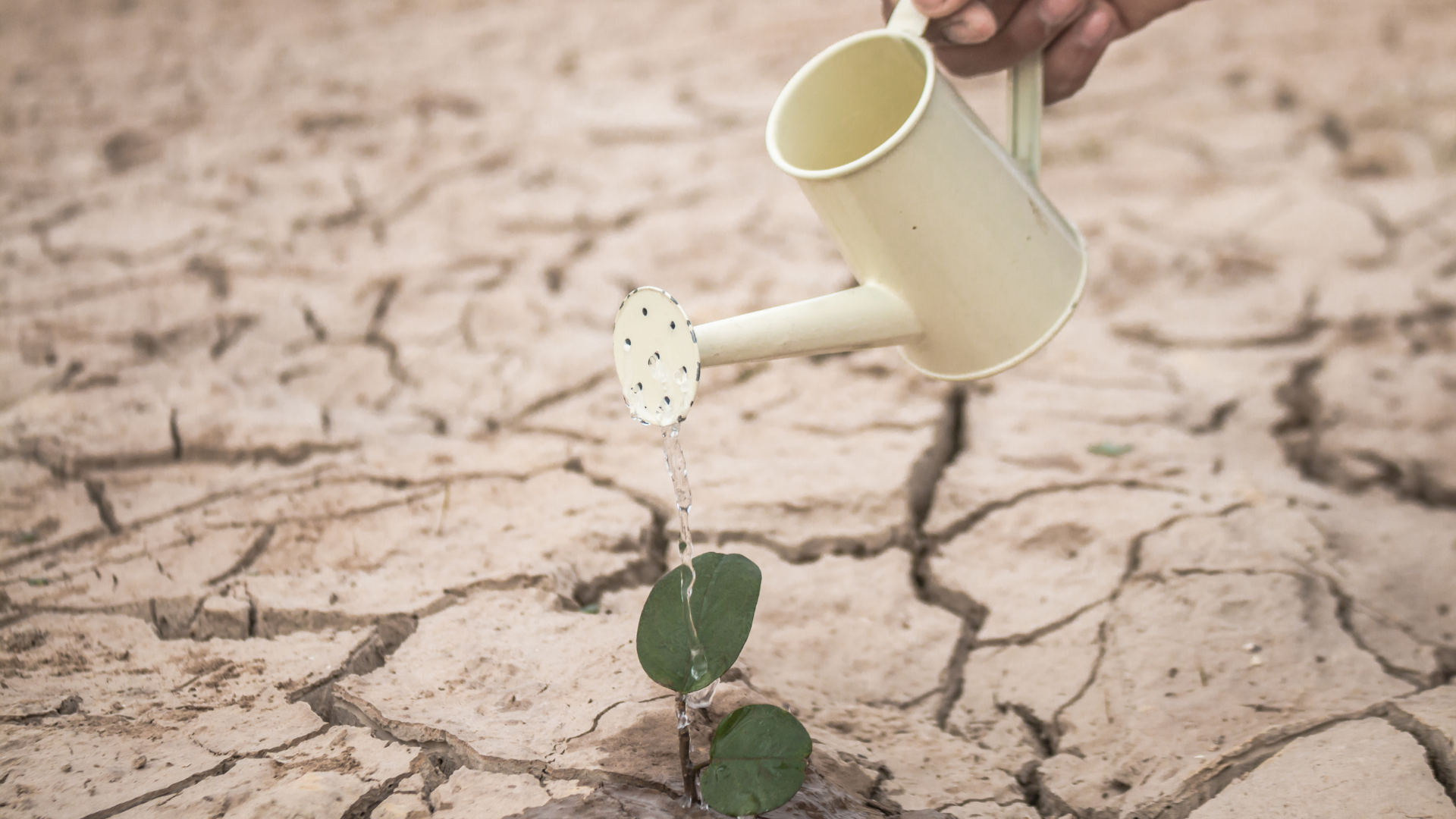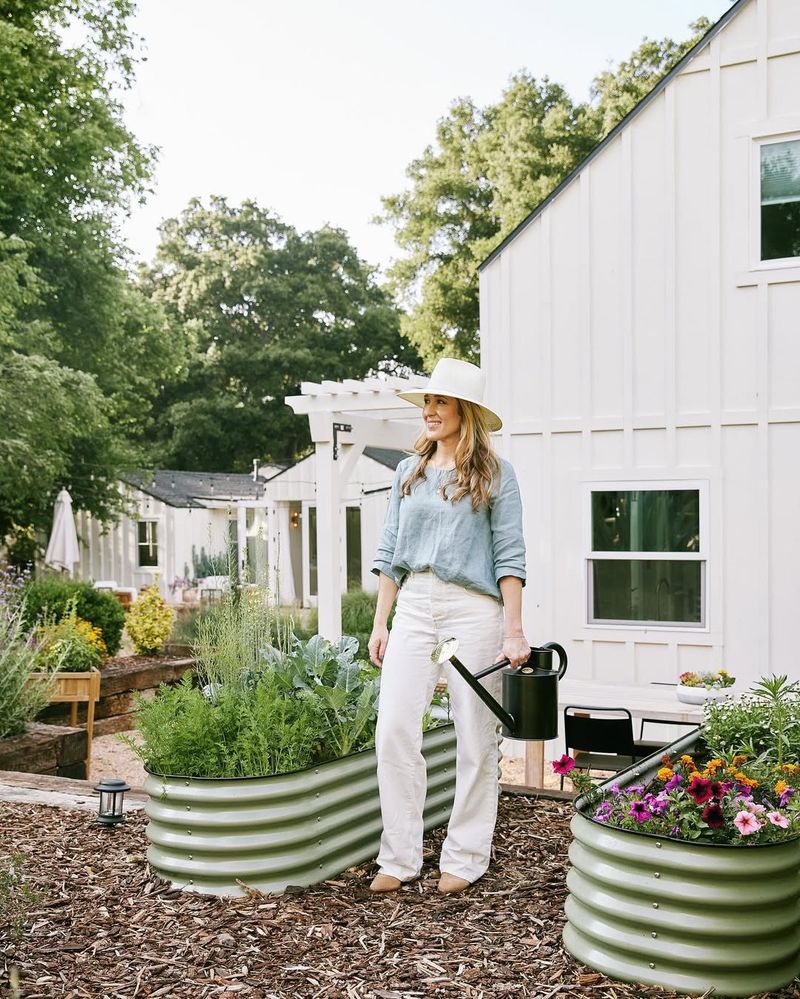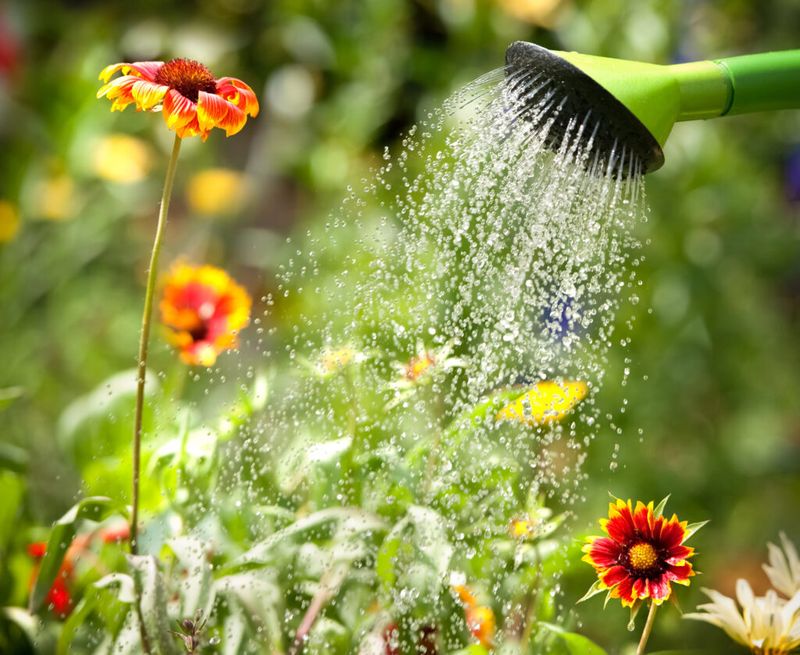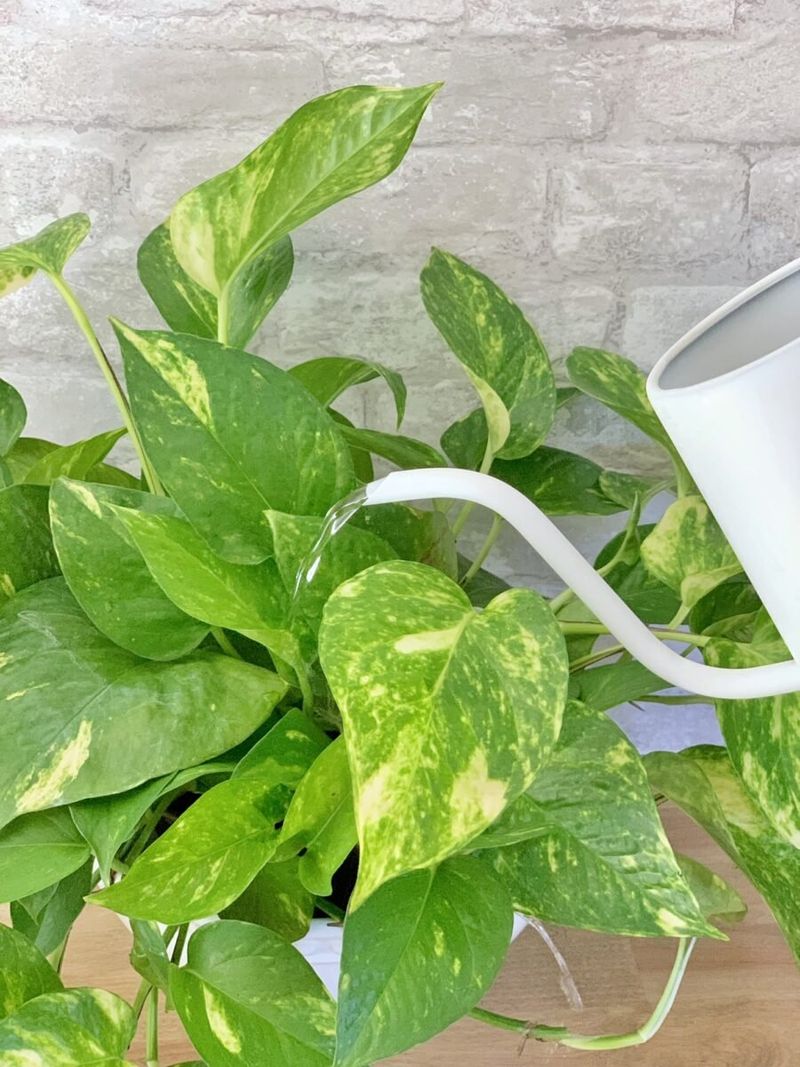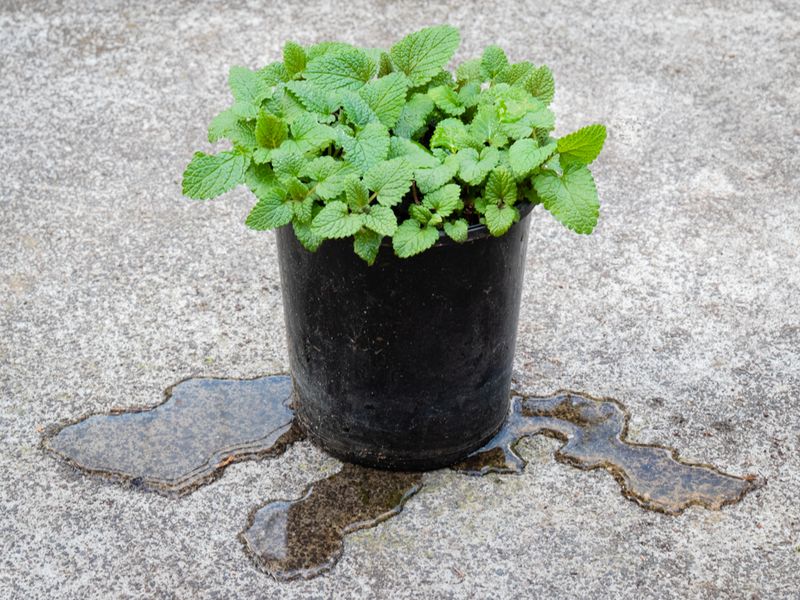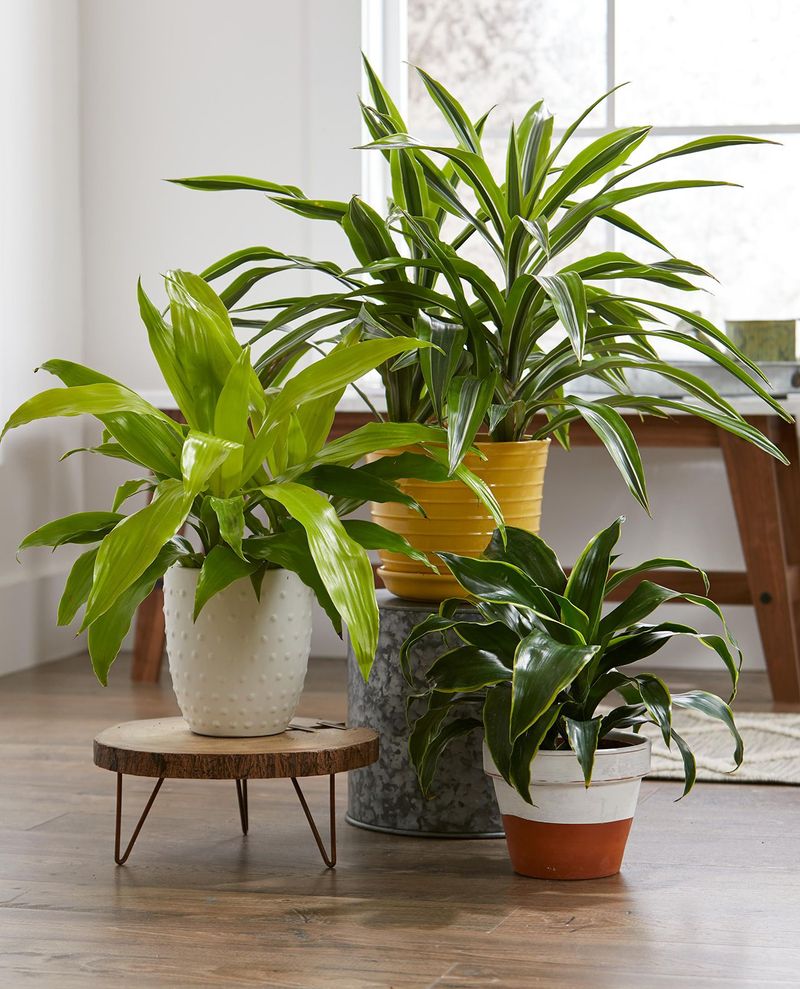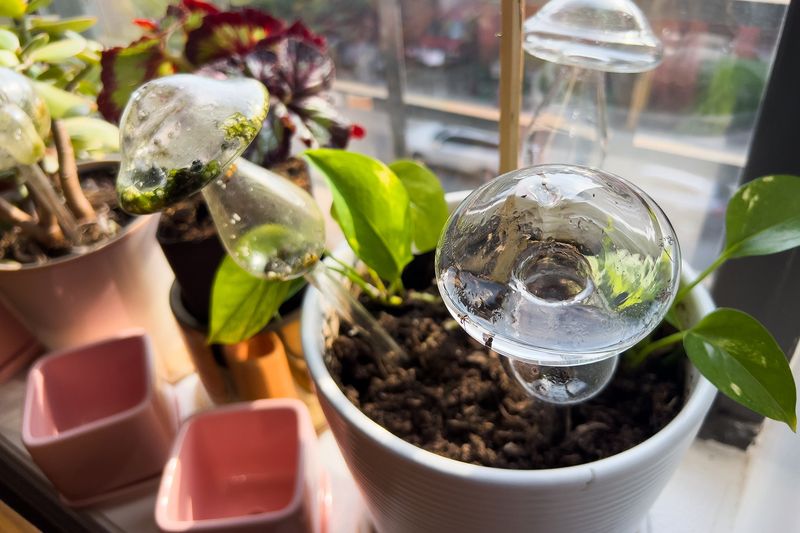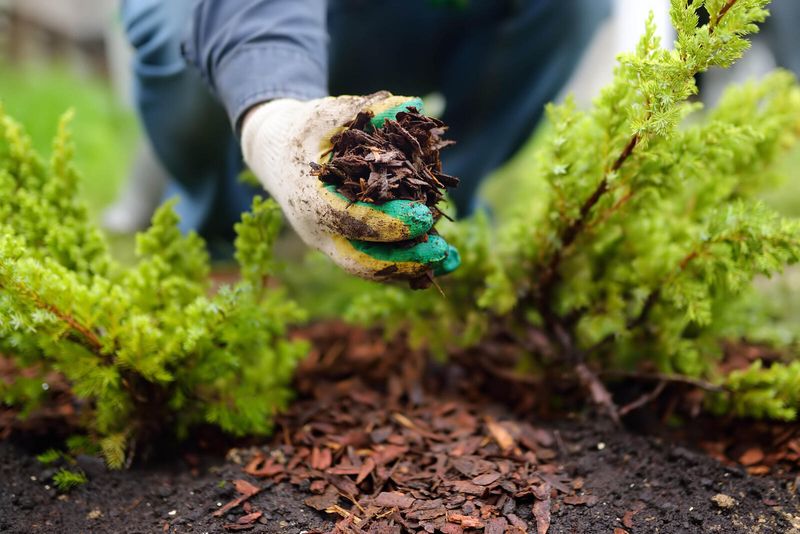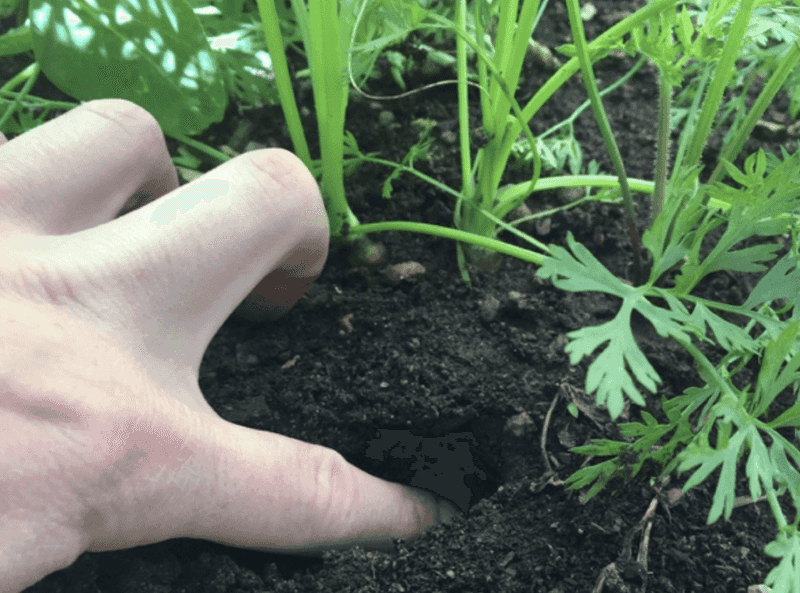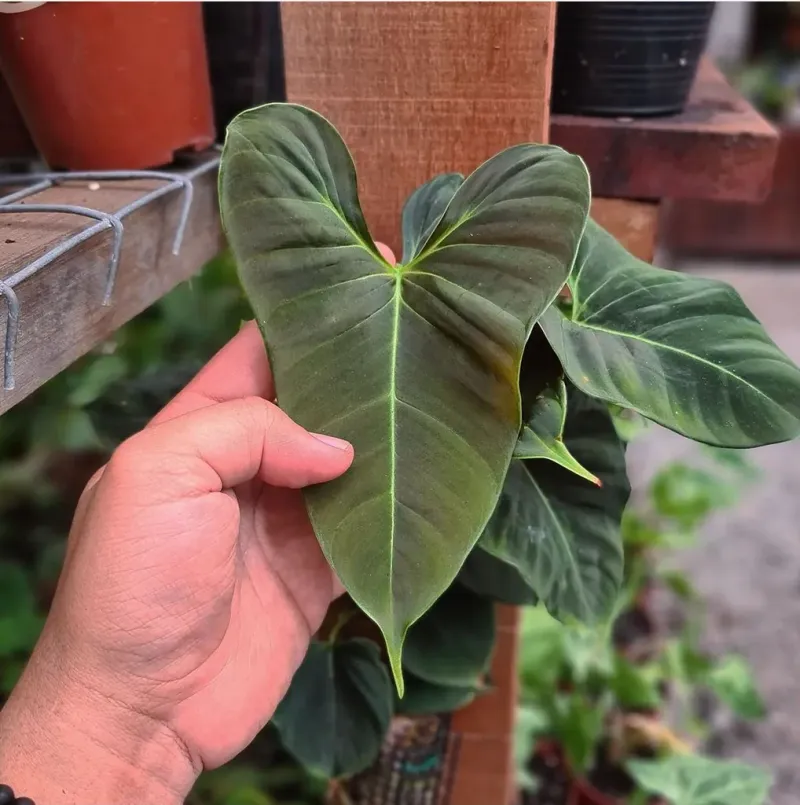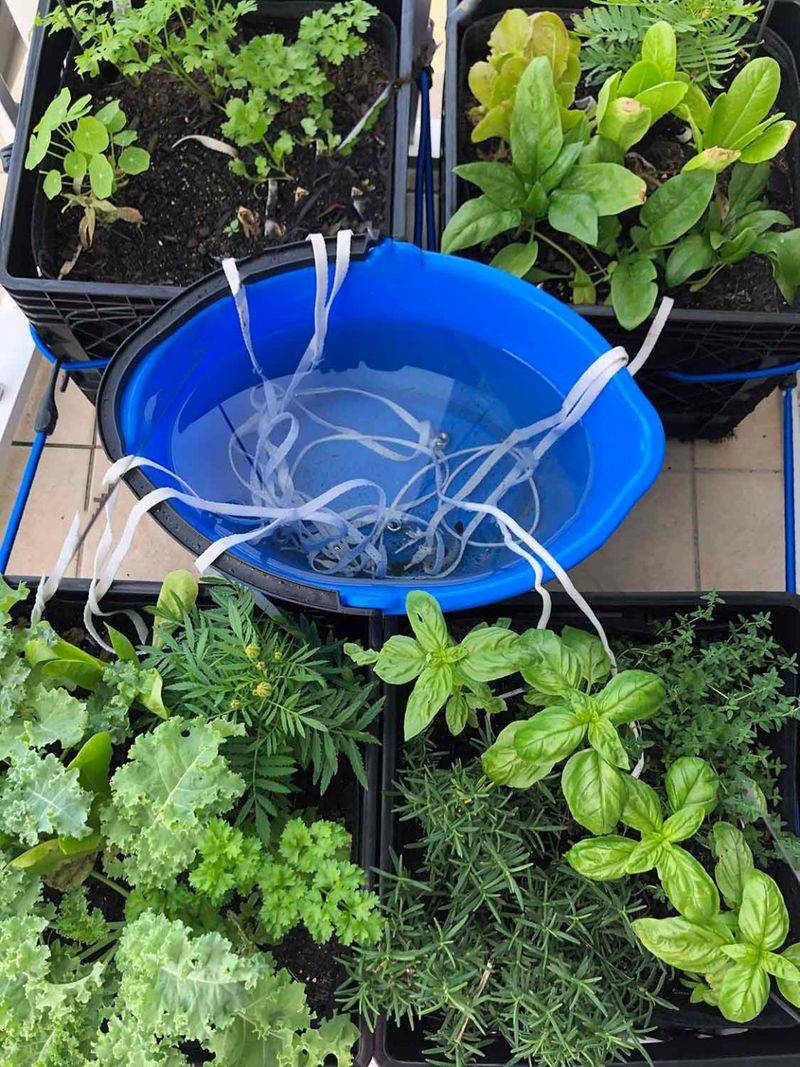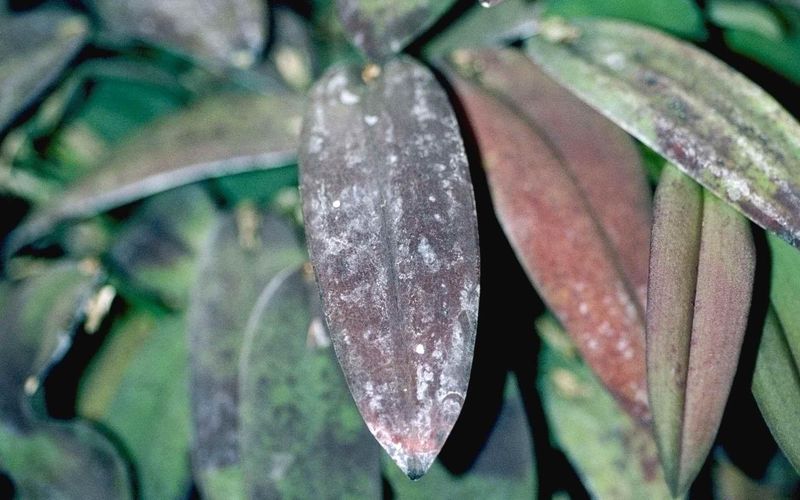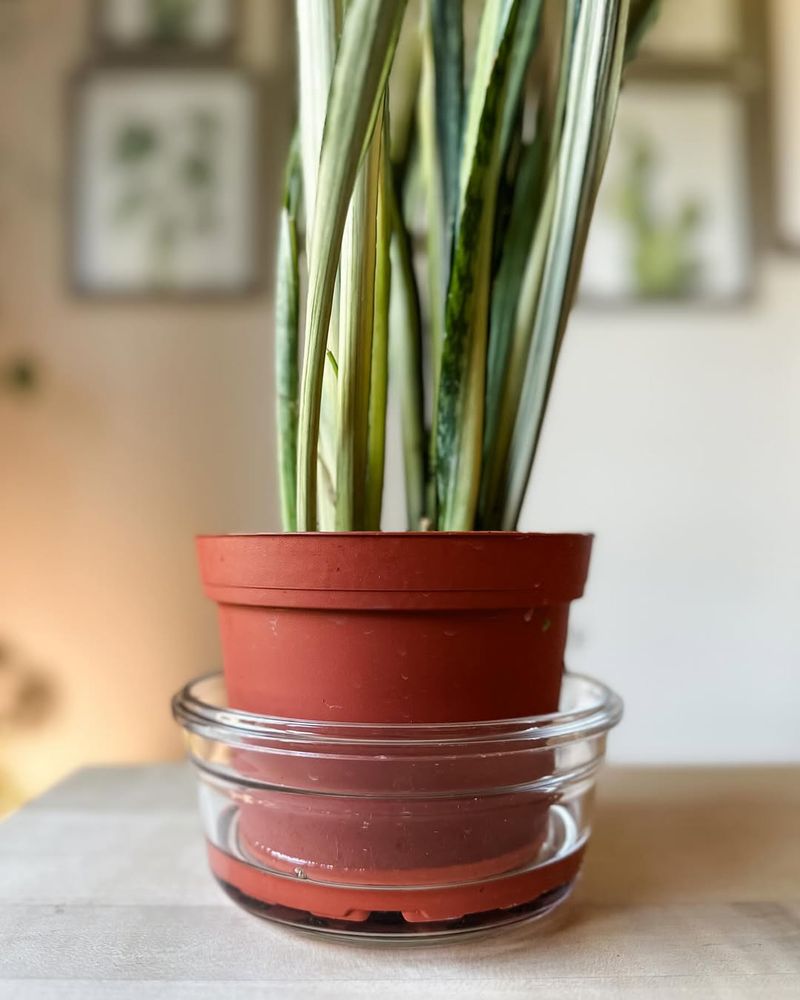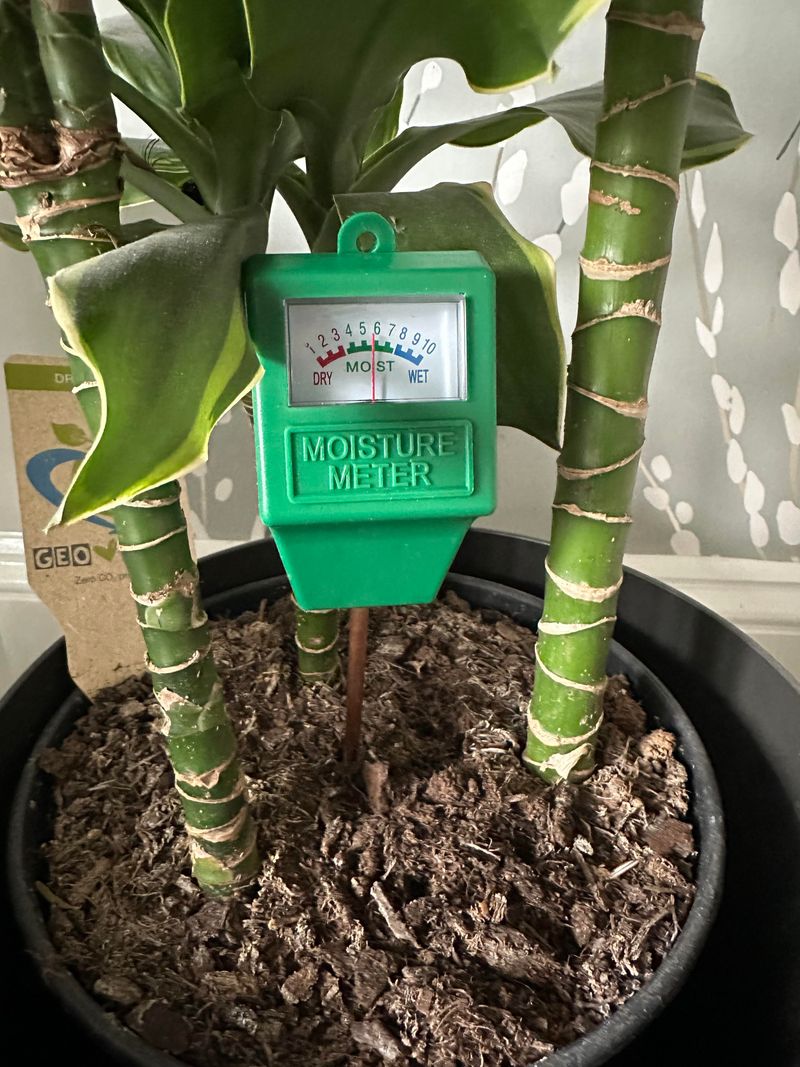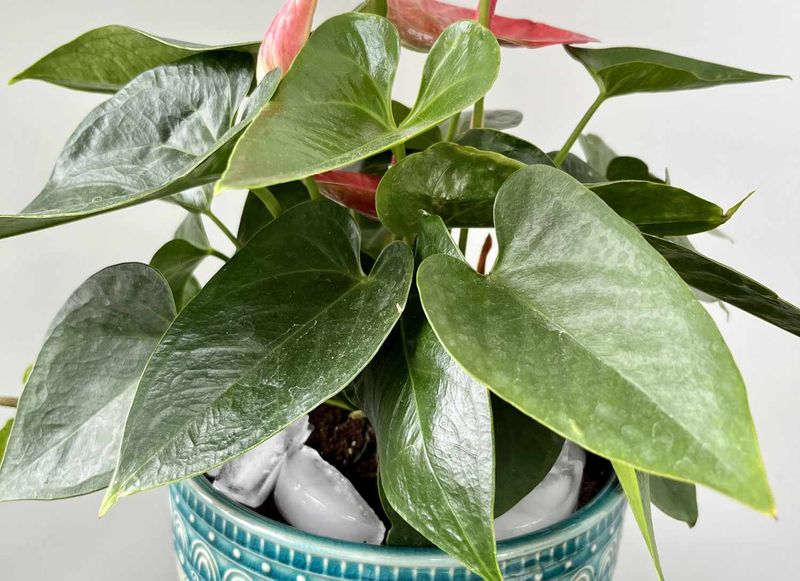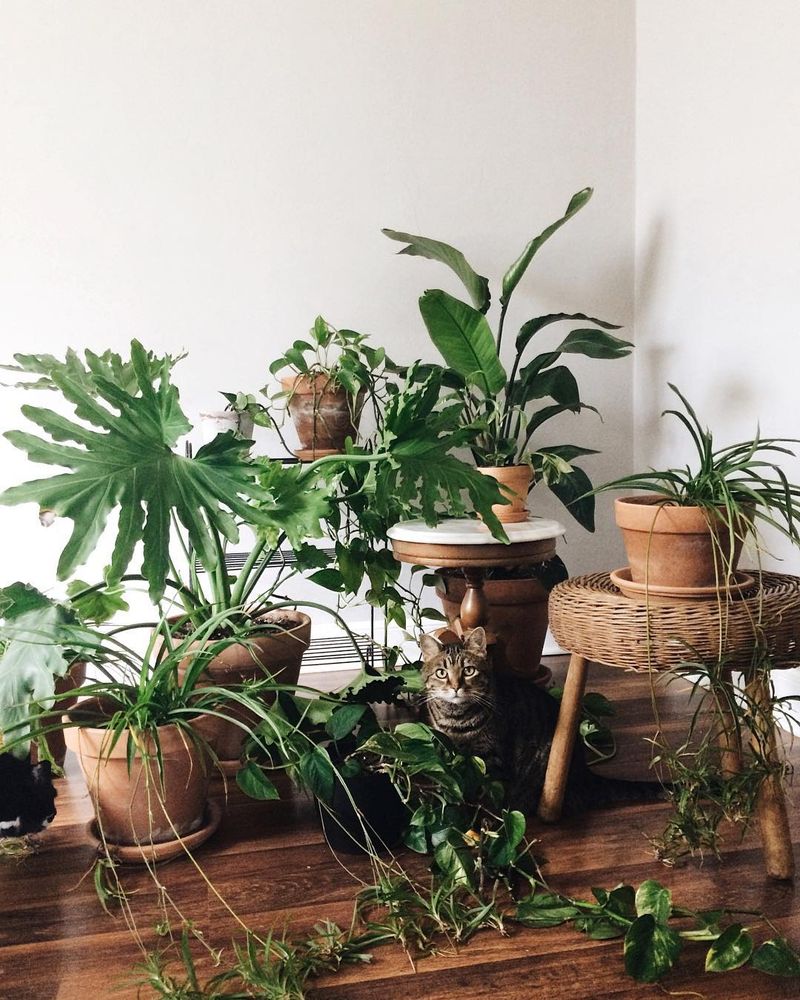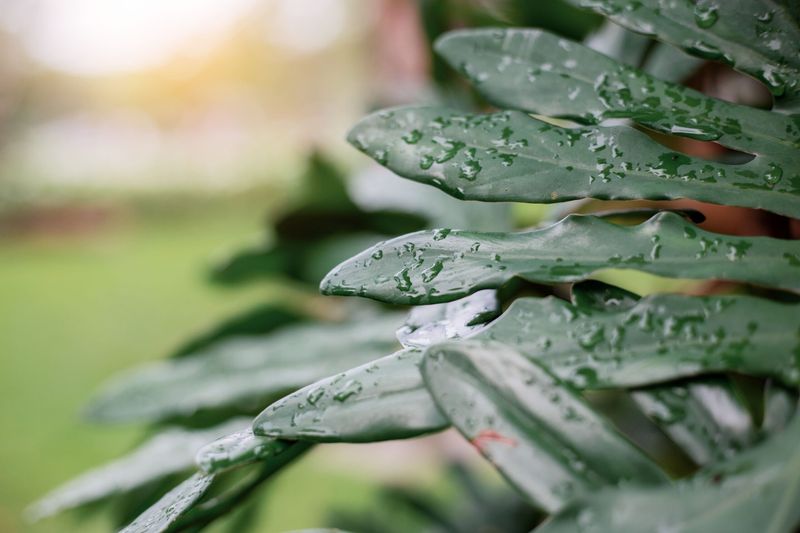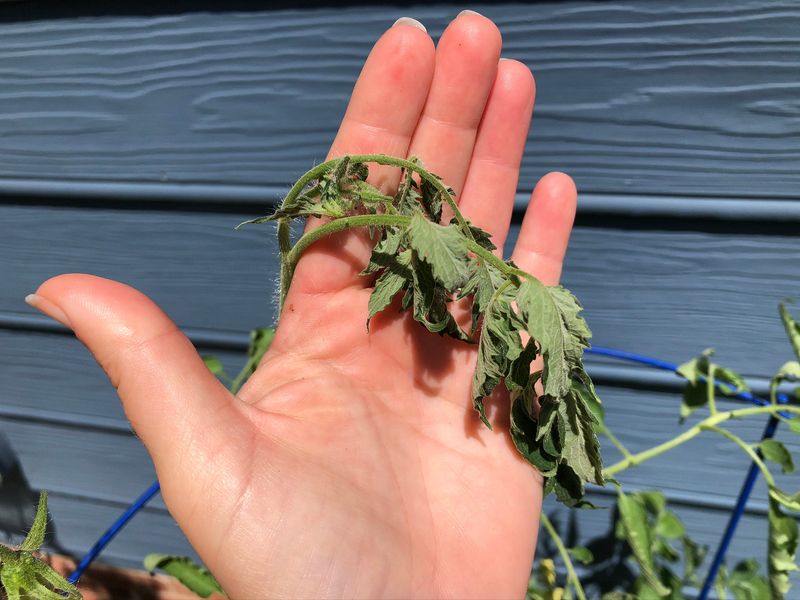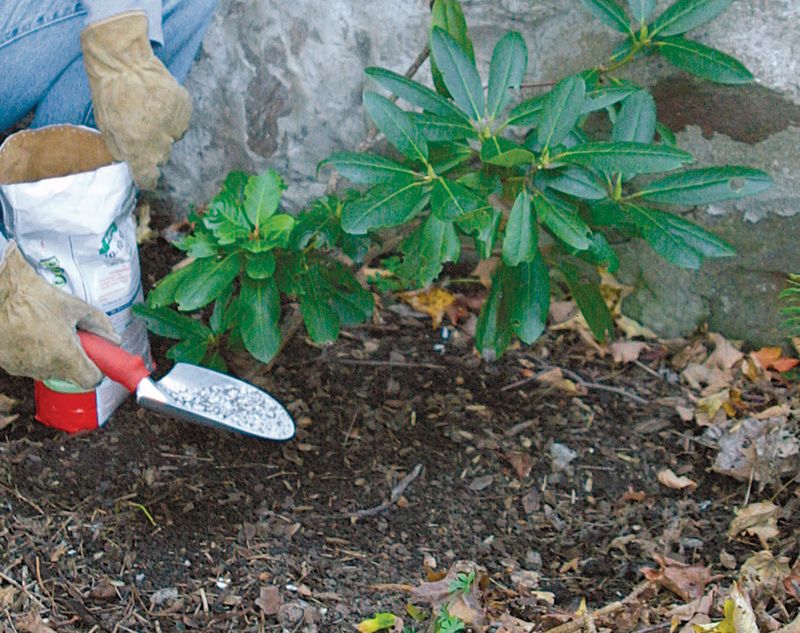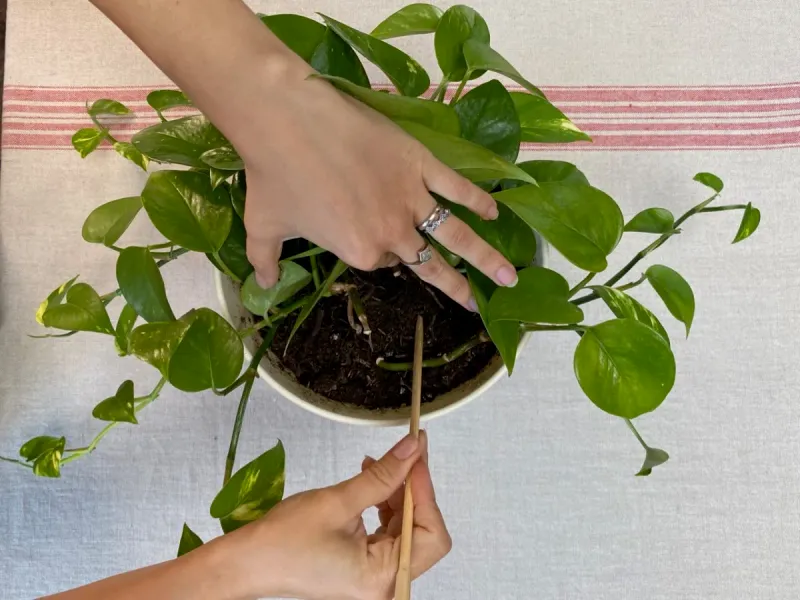Watering plants. It seems simple, right? But trust me, it’s more of an art than you’d think. I used to drown my poor plants with love (aka water) until I learned the hard way!
Now, after countless trials, I’ve discovered the perfect balance. It’s not just about when and how much, but also the how and why behind it.
Whether it’s understanding the best time of day to water or picking the right kind of water (yes, there’s a difference!), let’s dive into 20 awesome facts to help you become a plant hydration, expert and maybe save a few plants along the way!
1. Timing is Everything
Ever thought about the time you water your plants? Morning is the golden hour. During this time, plants absorb water efficiently.
In the evening, the risk of disease increases due to prolonged dampness. Watering at night isn’t ideal. It leaves plants wet overnight, promoting fungal growth.
Think of it as a bedtime shower; not very appealing! The morning sun helps evaporate excess water, keeping your plants happy. Trust me, they prefer a morning wake-up call over a midnight splash.
2. The Right Amount
How much is too much? Over-watering is a common mistake. It drowns the roots, depriving them of oxygen. Under-watering, on the other hand, leads to wilted leaves.
The trick is to find a balance. Check the soil’s top inch; if dry, it’s time to water. Think of it like coffee: too much, and you’re jittery; too little, and you’re sluggish.
Get it just right, and your plants will thank you with growth and smiles.
3. Water Quality Matters
Ever considered the type of water you use? Hard water can impact plant health negatively. Chlorine and other chemicals are harsh on roots.
Rainwater is plant-approved, but tap water can work too. Just let it sit overnight, allowing chlorine to evaporate. It’s like letting wine breathe before serving.
Your plants will savor the difference! Using distilled or filtered water can prevent mineral buildup. So next time, think twice before serving your plants a cocktail of chemicals.
4. Leaf Watering Woes
Avoid watering plant leaves directly. It may seem refreshing, but it’s not always beneficial. Water droplets on leaves act like magnifying glasses under the sun.
This can lead to leaf burn, just like sunburn. Imagine tanning with a magnifying glass! Besides, leaves don’t absorb water effectively.
Focus on the soil, where the roots reside. They’ll do the rest of the work. Your plants will be healthier, and you’ll avoid unnecessary leaf issues.
5. Pot Type and Drainage
Pot choice isn’t just about aesthetics. Drainage is a critical factor. Without it, plants sit in water, leading to root rot. Choose pots with drainage holes.
Think of them as life preservers for your plants. Clay pots are excellent; they allow moisture to escape. Plastic pots? Not so much. They hold water longer.
Consider using saucers to catch excess water. Your plants will stay hydrated without drowning. It’s a delicate balance, but your plants will thrive with the right home.
6. Different Plants, Different Needs
Not all plants are created equal. Some crave water; others prefer a dry spell. Cacti are low-maintenance, while ferns need frequent watering.
It’s like having kids with different appetites. Know your plant’s specific needs and adjust accordingly. Researching individual plant requirements can make a difference.
Keep a watering log if needed. Tailor your care routine, and your plant family will flourish. They may not ask for it explicitly, but they’ll show their gratitude through lush leaves.
7. Use Room Temperature Water
Cold water can shock plants. Think of it as an unexpected icy shower; not pleasant! Warm water? That’s a spa day for roots. Room temperature is the sweet spot.
It ensures optimal absorption without stressing the plant. So next time you water, check the temperature. Your plants will appreciate the thoughtful gesture.
They’ll continue to grow strong, returning the favor with foliage. It’s a small detail, but it makes a world of difference.
8. Mulching Magic
Mulch is your plant’s best friend. It retains moisture, regulates temperature, and suppresses weeds. Think of it as a cozy blanket for roots.
It conserves water, reducing the need for frequent watering. You’ll save time and effort. Apply a 2-inch layer, and watch the magic unfold. Your plants will enjoy consistent moisture levels.
It’s an investment in your plant’s health and your peace of mind. Mulching is a simple yet powerful tool in your gardening arsenal.
9. The Finger Test
Forget fancy gadgets; your finger is the best tool for checking soil moisture. Insert it into the soil up to the second knuckle. If it’s dry, water away. If not, hold off.
It’s like testing a cake for doneness with a toothpick. Simple, yet effective. You’ll avoid over-watering disasters.
Plus, it’s a great way to connect with your plants. They won’t complain about a little finger poking! It’s a tried-and-true method for happy, healthy plants.
10. Watch for Wilting
Wilting isn’t always a sign of thirst. It can indicate over-watering too. Pay attention to leaf posture. Droopy leaves might shout, Help, I’m drowning! or I’m parched!
Check the soil before acting. It’s like playing detective, solving a mystery. Your plants will be grateful for the attention. They’ll bounce back with vigor once you address the issue.
Remember, wilting isn’t just a drama act; it’s a plea for help. Be the Sherlock in your garden.
11. Seasonal Watering Adjustments
Adjust watering habits with the seasons. Summer heat demands more water, while winter slows growth. It’s like changing your wardrobe for the weather.
In winter, reduce watering frequency to avoid root rot. In spring, increase it to support new growth. Your plants will appreciate the thoughtful adjustments.
They’ll adapt and flourish, no matter the season. Remember, plants have seasons too. By tuning into their natural cycles, you’ll become a master gardener.
12. Avoid Salt Build-up
Salt build-up in soil can harm plants. It’s a sneaky culprit. Flushing the soil with water clears excess salts. Think of it as a detox for your plants.
Use rainwater or distilled water for best results. Prevent salt build-up by avoiding over-fertilizing. Your plants will respond with renewed vigor.
They’ll look healthier, just like you after a cleanse. A little effort goes a long way in maintaining soil health. Your plants will reward you with their best selves.
13. Water from the Base
Top watering is common, but have you tried bottom watering? Place pots in a saucer filled with water. Roots will absorb what they need.
It’s like self-service for plants. No mess, no fuss. This method encourages deep root growth. Your plants will be sturdier and more resilient. It’s a game-changer for busy gardeners.
Give it a try, and enjoy the convenience. Your plants will thrive with this efficient watering technique. They’ll stand tall, rooted and strong.
14. Mind the Humidity
Humidity affects plant hydration. Tropical plants love moisture. A dry environment can stress them. Consider using a humidifier or pebble trays.
It’s like a spa day for your green friends. They’ll soak up the moisture, thriving in a balanced atmosphere. Adjusting humidity levels can make a significant difference.
Your plants will thank you with lush leaves and growth. They’ll feel right at home, even in less humid climates. It’s a little effort for big rewards.
15. The Ice Cube Trick
Ever tried watering with ice cubes? It’s a clever hack for orchids. Place a few cubes on the soil. They’ll melt slowly, providing a consistent moisture supply.
It’s like a timed release for hydration. Orchids, in particular, love this method. It prevents over-watering, a common orchid nemesis. Your orchids will flourish with this simple trick.
They’ll show off their beautiful blooms, all thanks to a few cubes. It’s an easy, effective way to keep your plants happy.
16. Consider Plant Grouping
Grouping plants can create a microclimate. It helps retain humidity and moisture. Think of it as plants huddling for warmth. They’ll share resources, supporting each other’s needs.
It’s a community effort, leading to happier plants. Grouping also makes watering easier. You’ll have a designated area to focus on. It’s efficient and effective.
Your plants will thrive in their little community. They’ll form bonds and grow stronger together. It’s a win-win for you and your green companions.
17. The Role of Light
Light affects watering needs. More sun means more water. Less sun, less water. It’s like a plant’s energy bar. Monitor how much light each plant receives.
Adjust watering accordingly. Your plants will respond with vigor. They’ll maintain their beauty, no matter the light conditions. It’s about understanding their environment.
You’ll become a better gardener with this insight. Your plants will flourish, thriving in harmony with their surroundings. Light and water, a perfect duo for plant health.
18. Stress Signals
Plants communicate stress through signals. Yellowing leaves, stunted growth, they all tell a story. Listen to them. Check watering habits when stress appears.
It’s like interpreting a plant’s language. Address the root cause, and your plants will recover. They’ll regain their strength and vitality. It’s a rewarding process, nurturing your green friends back to health.
Remember, stress signals are cries for help. Be attentive, and your plants will thrive under your care. They’ll thank you with their renewed beauty.
19. Balancing Fertilizer and Water
Fertilizer and water go hand in hand. Too much fertilizer can harm plants. Water helps distribute nutrients. It’s a balancing act. Use water to dilute fertilizers and prevent nutrient burn.
Your plants will absorb what they need. They’ll grow stronger, exhibiting healthy foliage. It’s an art, finding the right balance. With practice, you’ll master it.
Your plants will flourish, showcasing their true potential. It’s a partnership, water and fertilizer working together for plant success. You’ll see the results in no time.
20. The Importance of Aeration
Aeration improves water and nutrient absorption. Compacted soil hinders growth. Loosen the soil with a fork or aeration tool. It’s like giving your plants a breath of fresh air.
They’ll absorb water more efficiently. Your plants will thrive, showing off their foliage. Aeration is an often-overlooked step. Don’t skip it.
Your plants will reward you with robust health. It’s a simple task with a big impact. You’ll notice the difference in no time. Happy roots lead to happy plants.

